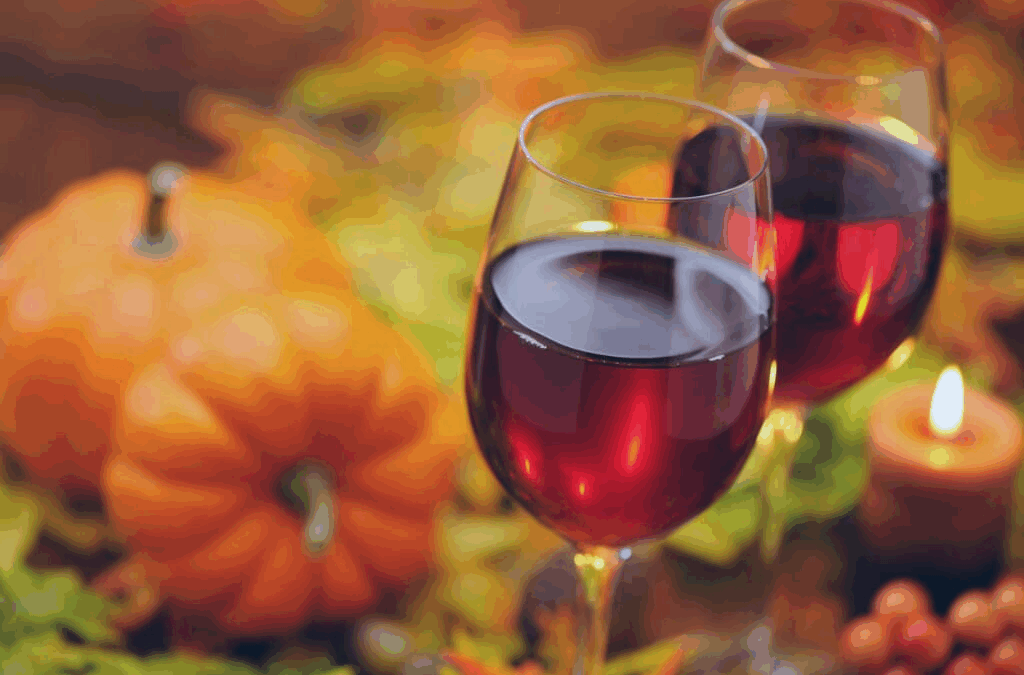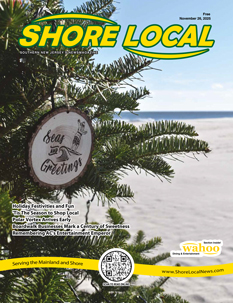Drink Up!
October evokes images of leaves changing and pumpkin patches, as well as the traditional colors of black and orange. Orange is also the color utilized by the Multiple Sclerosis Society to raise awareness of this terrible disease. Just last week, Passion Vines co-sponsored the annual MS fundraiser, The Right Notes. The theme of the event is always “A Touch of Orange.” Since its inception, The Right Notes event has raised more than $1 million in support of those fighting MS. With the color orange forefront in my mind, this is a great time to discuss orange wine. If you have never tried one, you’re in for a treat!
First, let me assure you, these wines are made from wine grapes, not oranges. Juice from wine grapes, red or white, is almost always clear; a wine’s color comes from the contact between skins and juice. To make a red wine, the skins of red grapes remain with the juice in a process called maceration. The red color comes from tannins, a phenolic compound in grape skins. For rosé wines, the skins of red grapes are in contact with the juice for a very short time to give the wine its familiar pink hue. The color of orange wine is created when the skins of white grapes remain in contact with the juice during maceration.
You may be wondering if this is some newfangled marketing trick to sell wine in the fall. Not so! Orange wines are as old as wine itself. The first orange wines were produced over 8,000 years ago in the country of Georgia. Winemakers crushed white grapes and fermented them in a large clay vessel, called a qvervi. The top of the qvervi was sealed with beeswax and then buried in the ground for temperature control. The result was an orange, dark amber-colored wine with a tannic structure similar to a light red wine.
For a taste of wine history, try the Glekhuri Qvervri Rkatsiteli 2022 from the Kakheti region of Georgia. On a trip to the Finger Lakes a few years ago, my wife and I discovered this unique varietal. To pronounce the name, use your best English accent and say, “Our cat’s (on) the telly.” The Glekhuri Rkatsiteli is a testament to meticulous winemaking. The aroma is a complex bouquet of floral and fruity notes. The flavors include notes of ripe apricots and honeydew melon with a touch of citrus and green apple, as well as delicate minerality with subtle hints of white flowers and a touch of spiced apple. Rkatsiteli is ideally served cool at about 50°F and pairs well with grilled seafood or poultry dishes, especially those with light, creamy sauces. It also complements a range of vegetarian dishes, including salads dressed with citrus vinaigrettes or creamy risottos.
Another popular orange wine is the Gulp Hablo Orange wine from Castile-La Mancha in Spain. This wine is a blend of Verdejo and Sauvignon Blanc grapes and is certified organic, biodynamic and vegan-friendly. The Bodegas Parra Jiménez is a family-owned and operated winery. The Parra brothers (Francisco, Javier and Luis) have produced an outstanding orange wine that demonstrates the delicious aromas and flavors of herbal tea, honeysuckle, lemongrass and apricot, with a touch of orange zest and salinity. The Gulp Hablo wines come in a one-liter bottle, 33% larger than the average wine bottle, making this wine a true bargain.
From Austria, the Christina Orange Wine is an organic, natural wine that is a blend of Chardonnay, Sauvignon Blanc, and Welschriesling, which may sound a lot like Riesling but is a totally unique grape grown throughout Central Europe, including Austria. Winemaker Christina Netzl’s farm has developed a unique style of winemaking with minimalistic techniques like spontaneous fermentation, no added sulfites, and minimal fining and filtration. Enjoy this wine with Asian dishes, Thai curries, grilled fish, roasted chicken, or when you just want to enjoy a cool autumn evening on the porch.
The Montinore Estate L’Orange from the Willamette Valley of Oregon is arguably the most elegant orange wine you will taste. This is a blend of estate-grown 51% Pinot Gris and 49% Muscat Ottonel, with both varietals contributing to this outstanding dry wine. The Pinot Gris grapes are destemmed and soaked on the skin, extracting beautiful color and tannin structure before gentle pressing. The juice is then blended with estate-grown Muscat that fermented on the grape skins in clay amphora vessels. The wine features aromas of apricot, blood orange zest and grapefruit, with notes of wet stones. The flavors are fresh and lively with notes of blood orange and nectarine with added structure from the black tea-like tannins that result from the Pinot Gris’ extended time soaking on its skins. Montinore Estates is a leader in organic and biodynamic farming and viticulture here in America and is committed to the highest standards of ethical, sustainable environmental practices.
I hope you enjoyed this discussion of orange wines and will consider adding a touch of orange to your October entertaining. As always, if you have questions, contact me at dsetley@passionvines.com or stop by the store. Until next time, happy wining!
David Setley is enjoying his retirement from higher education as a wine educator and certified sommelier at Passion Vines in Somers Point, New Jersey.
















